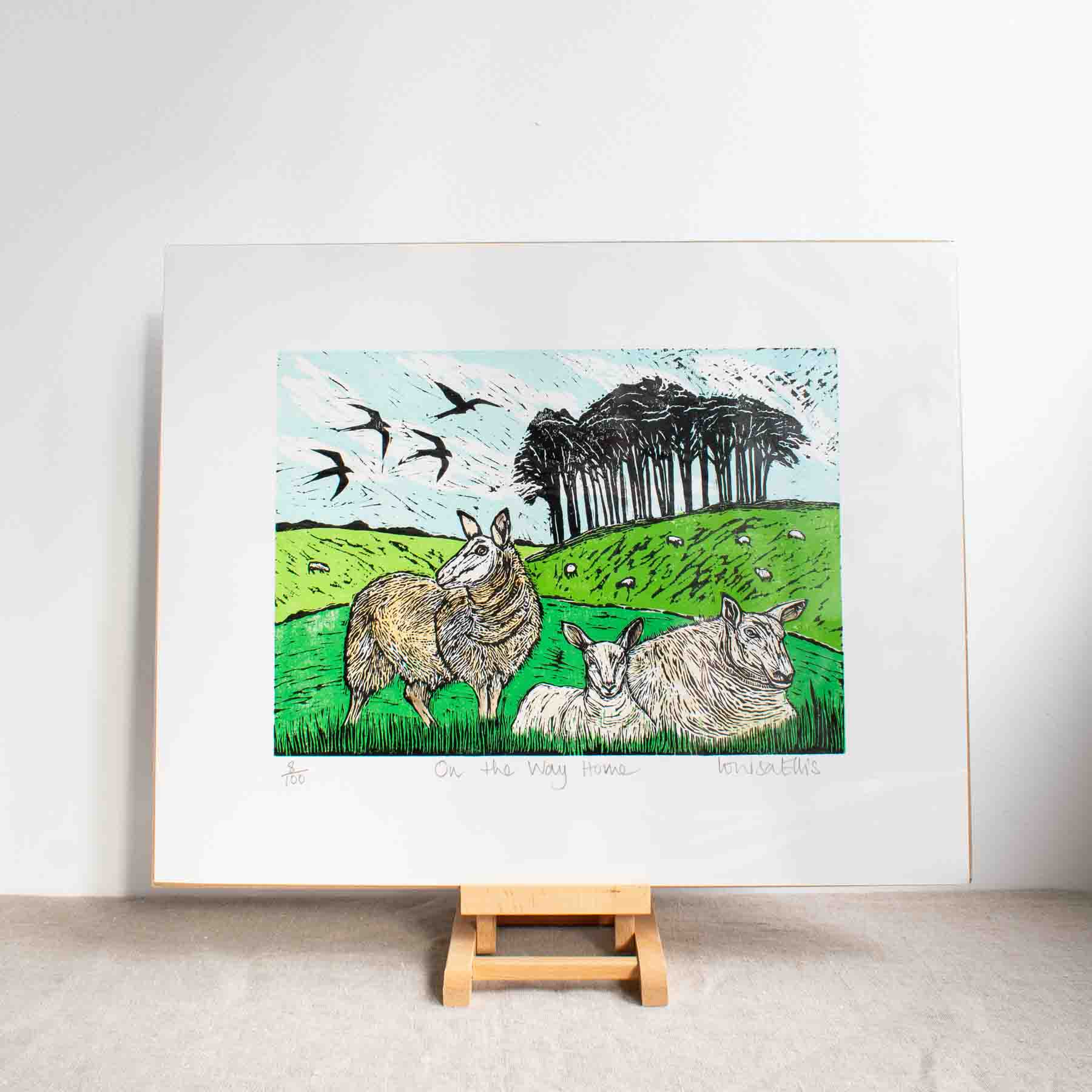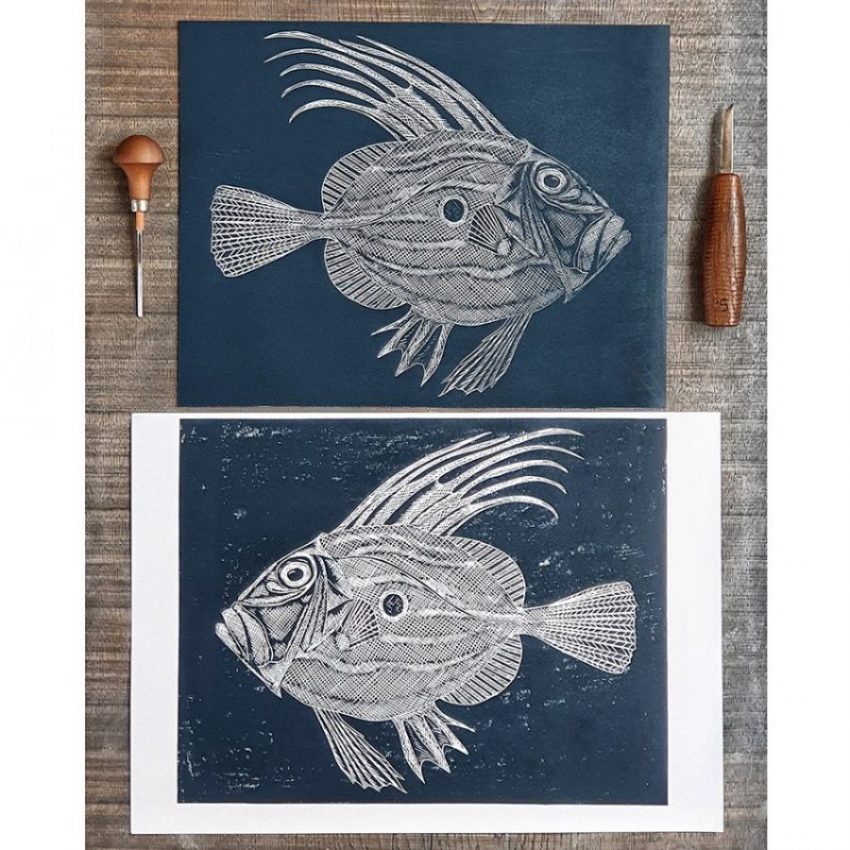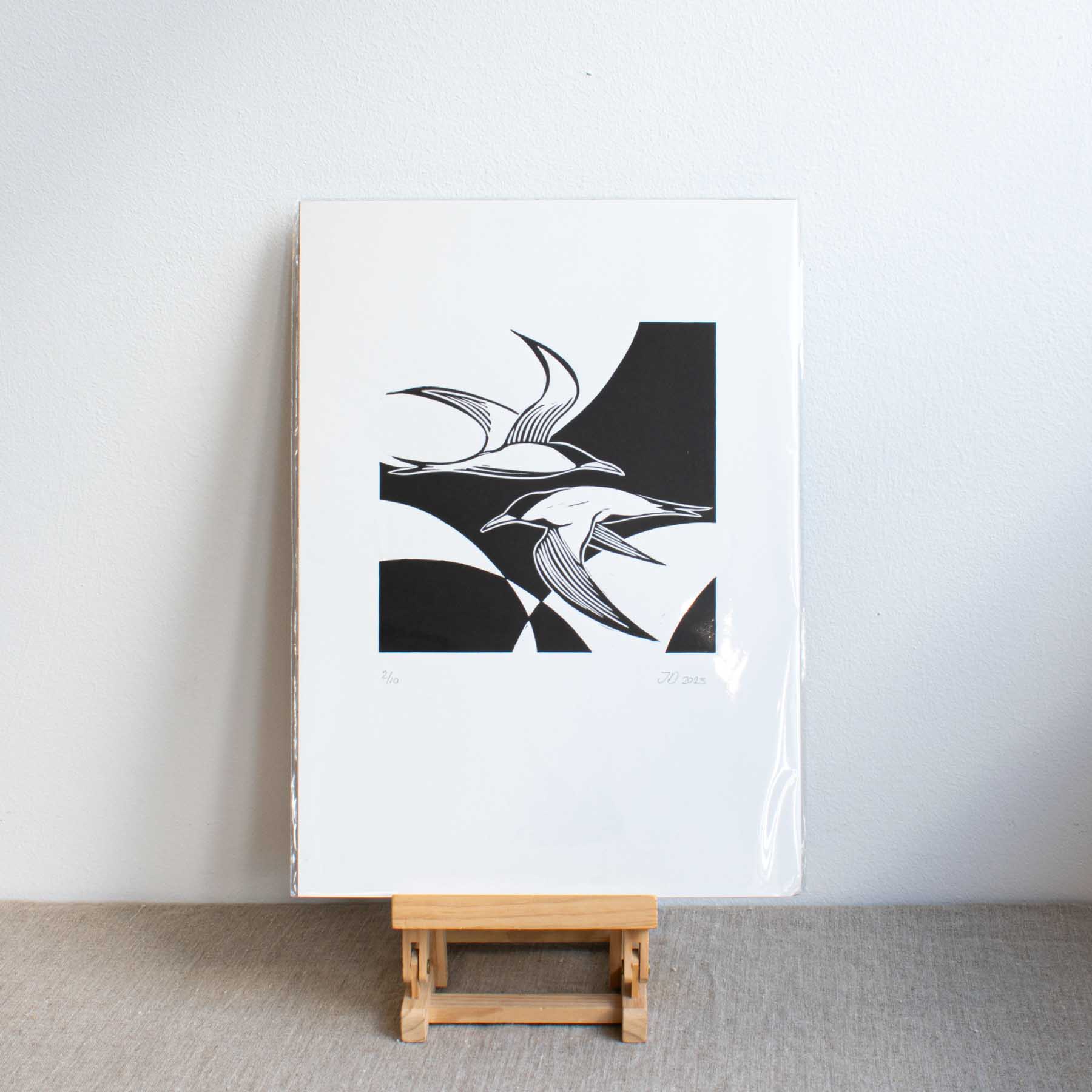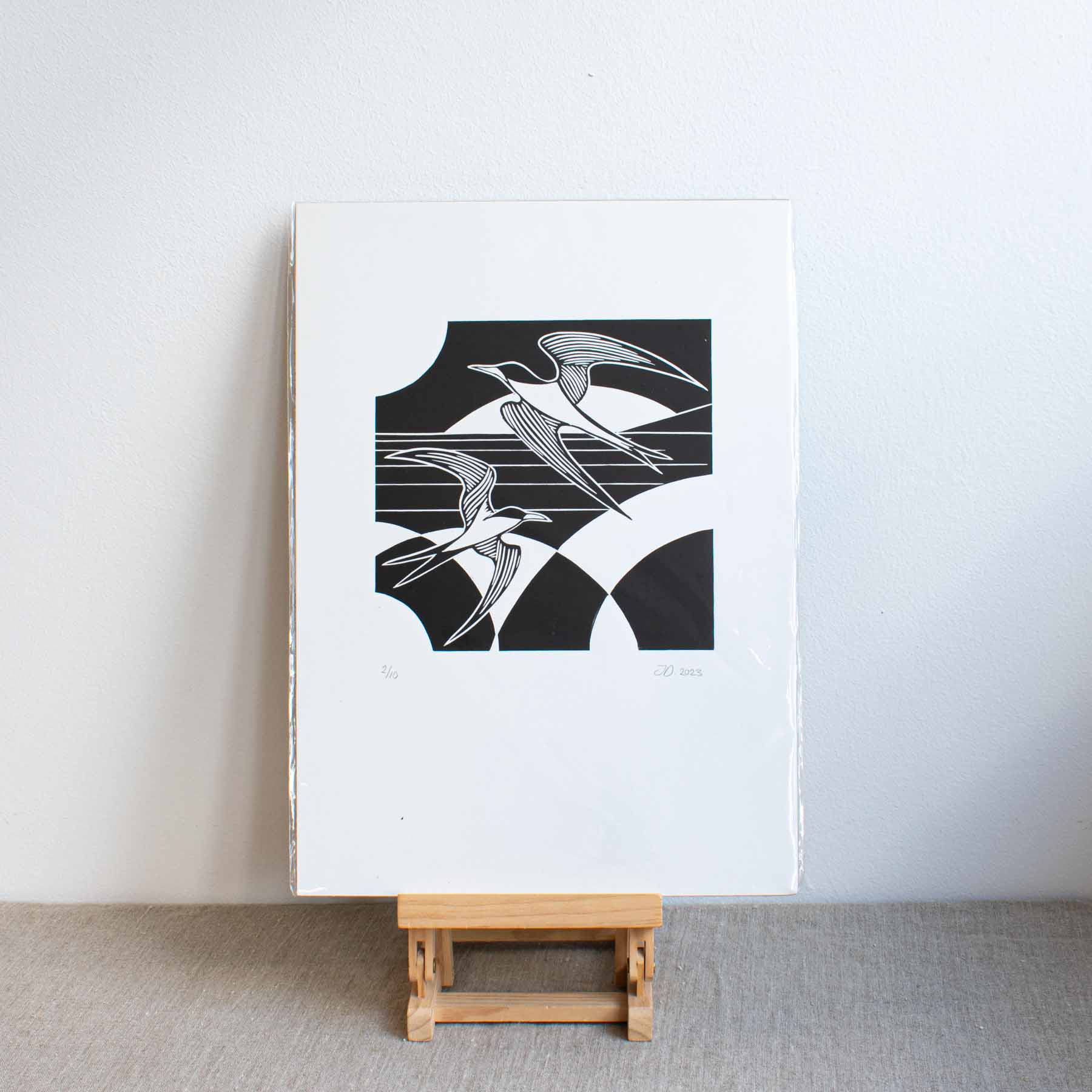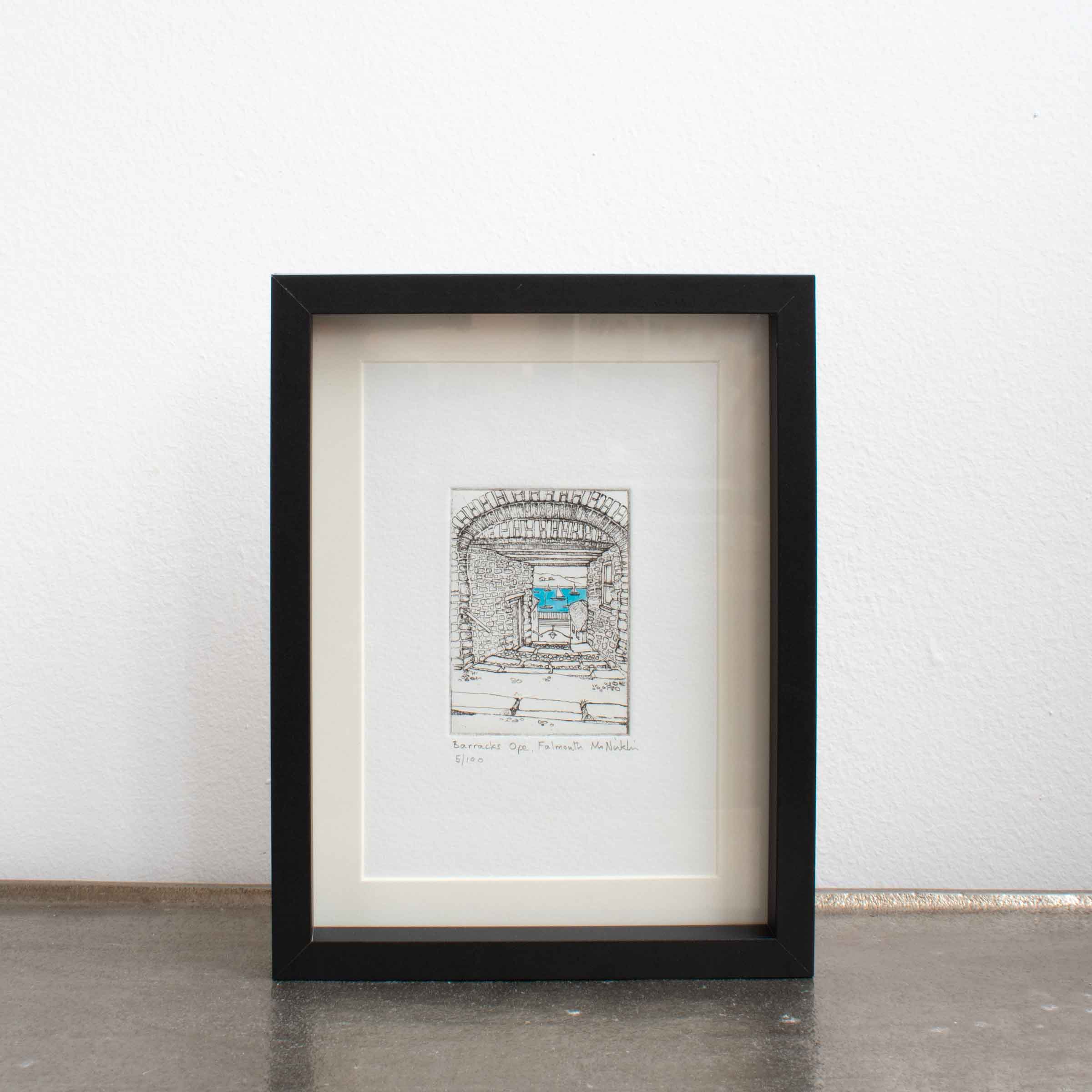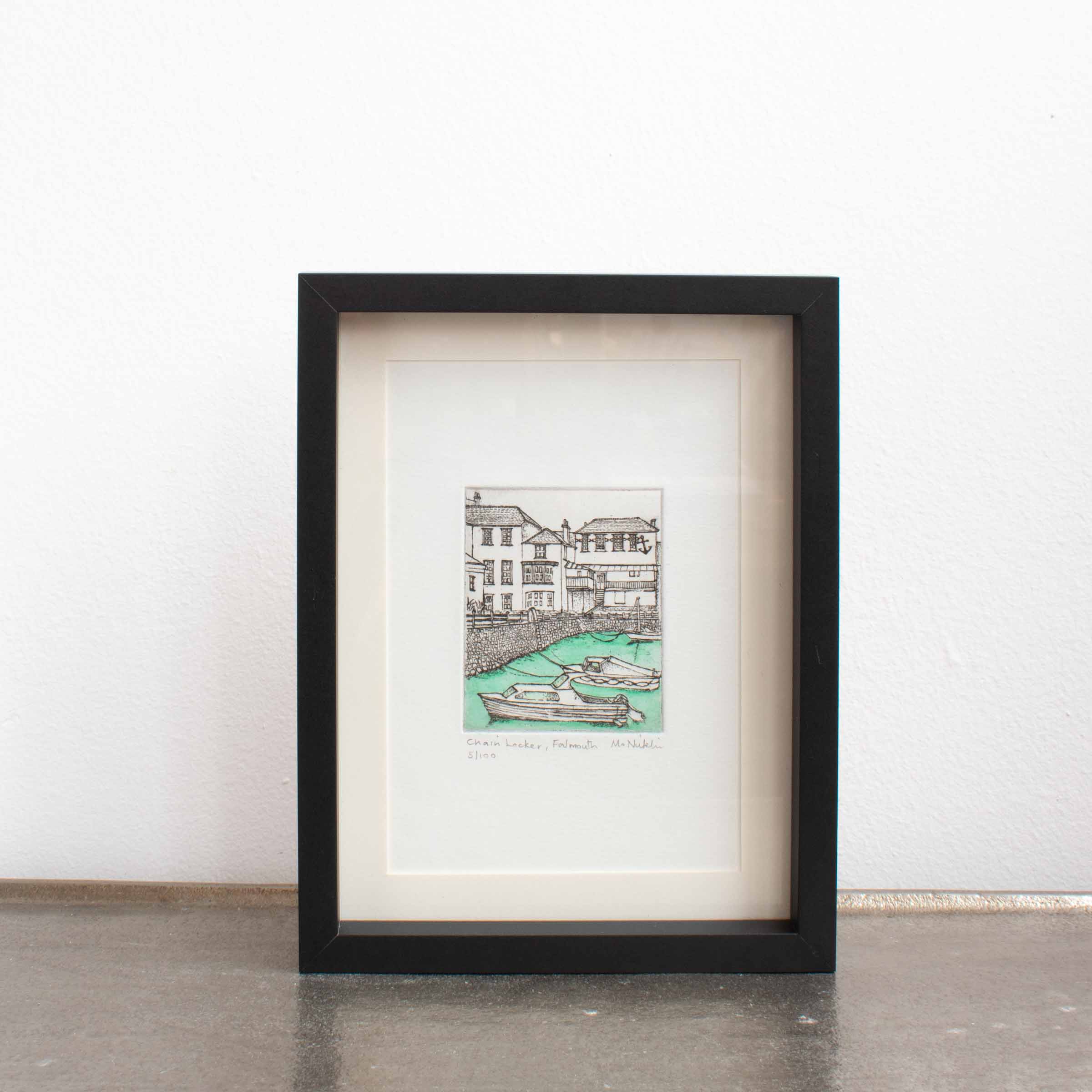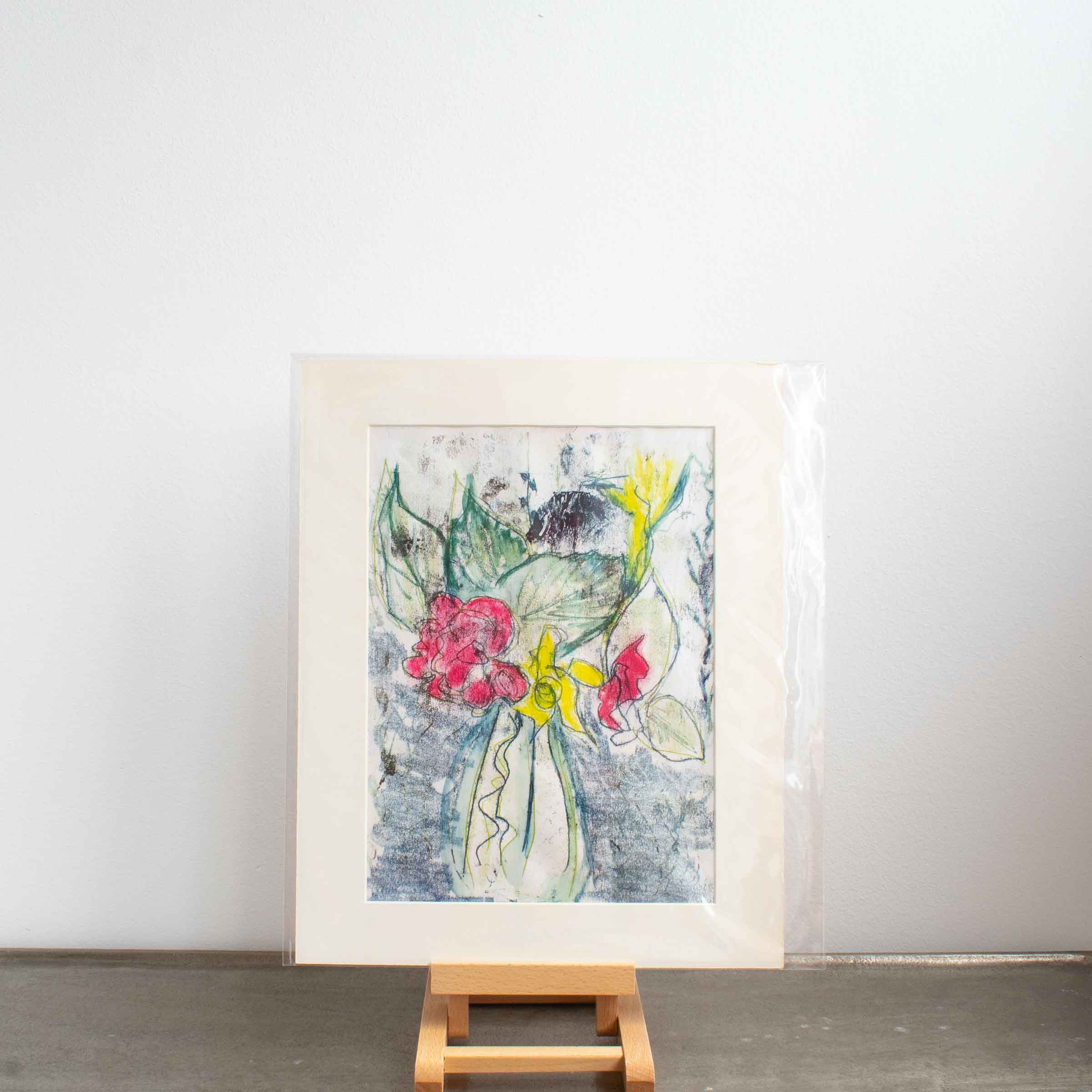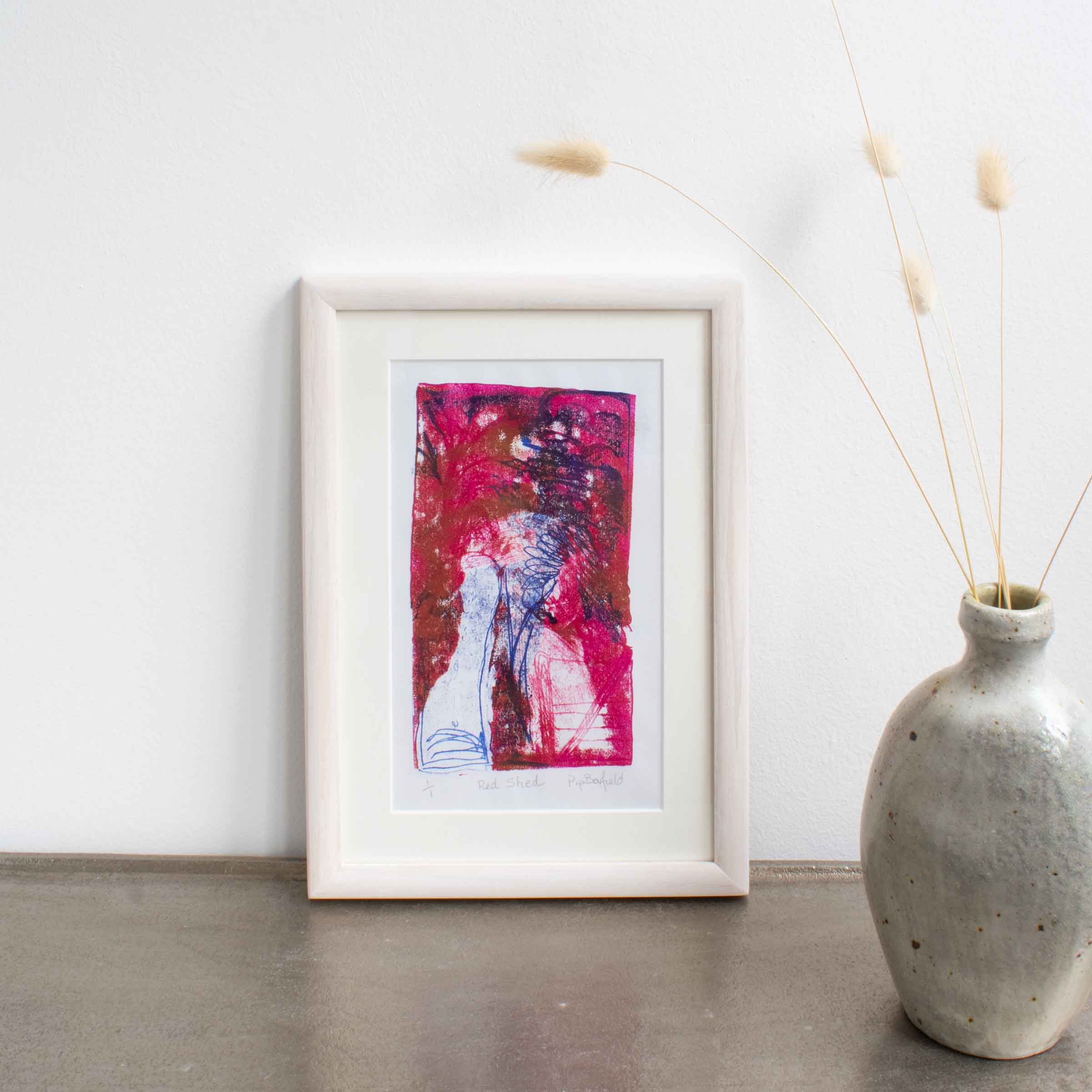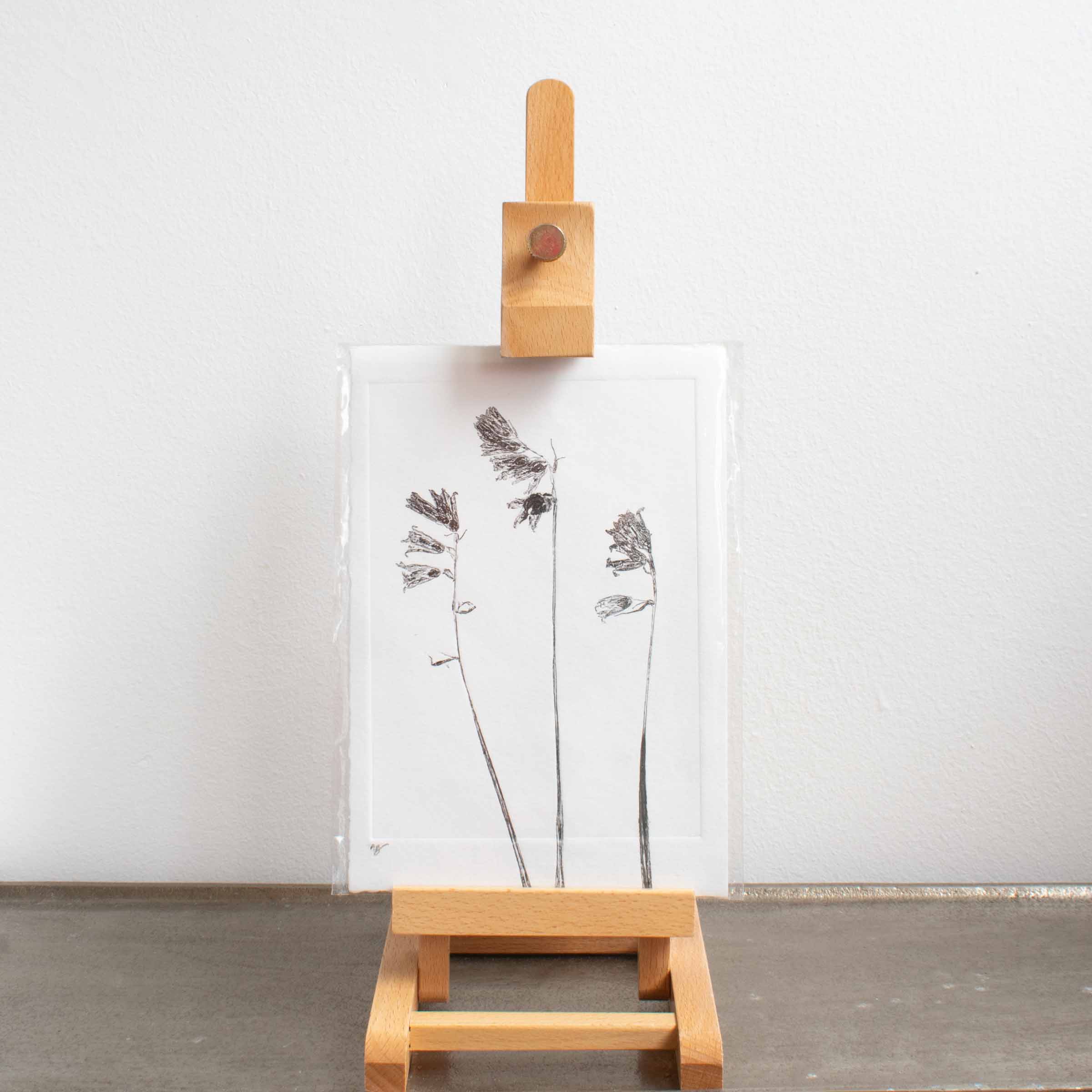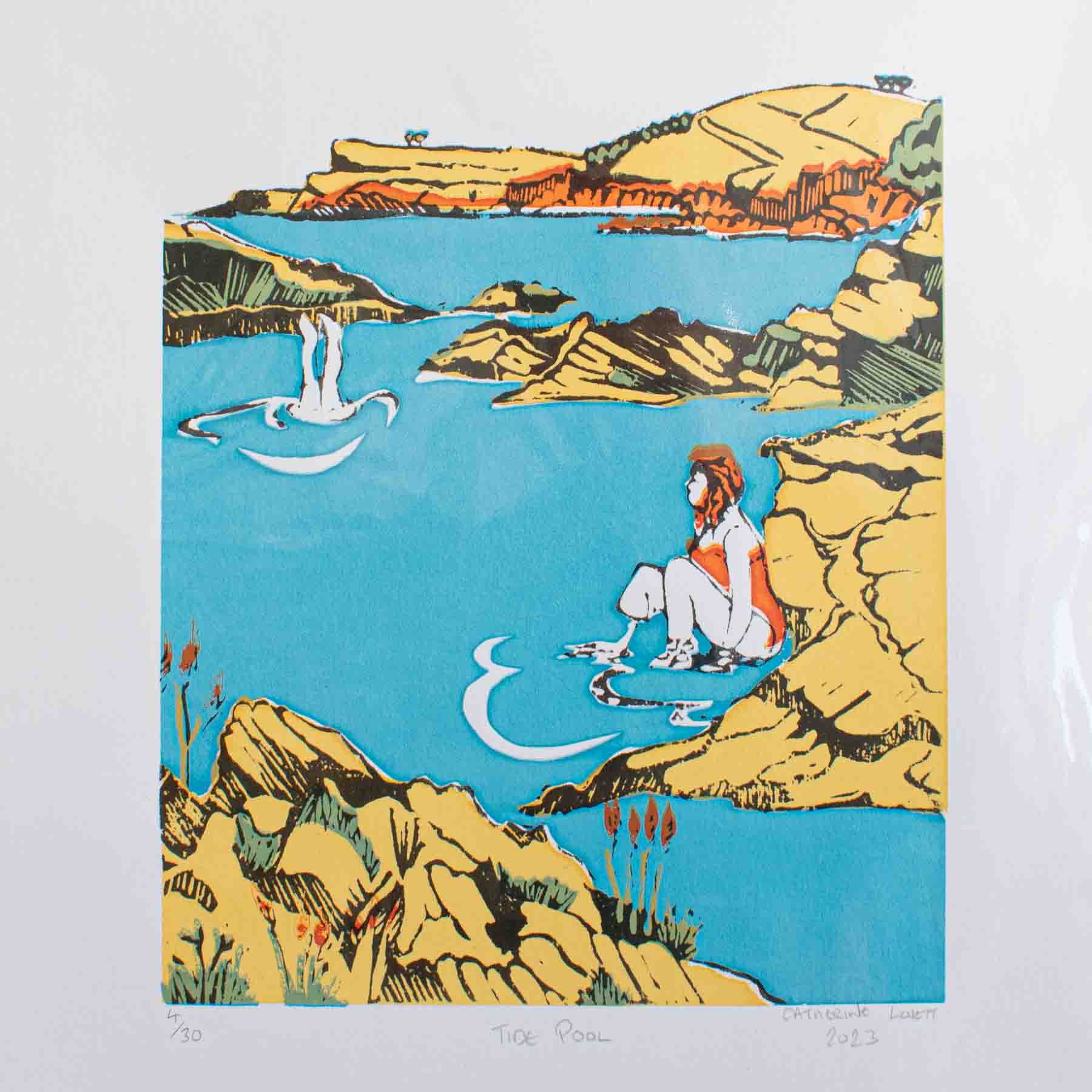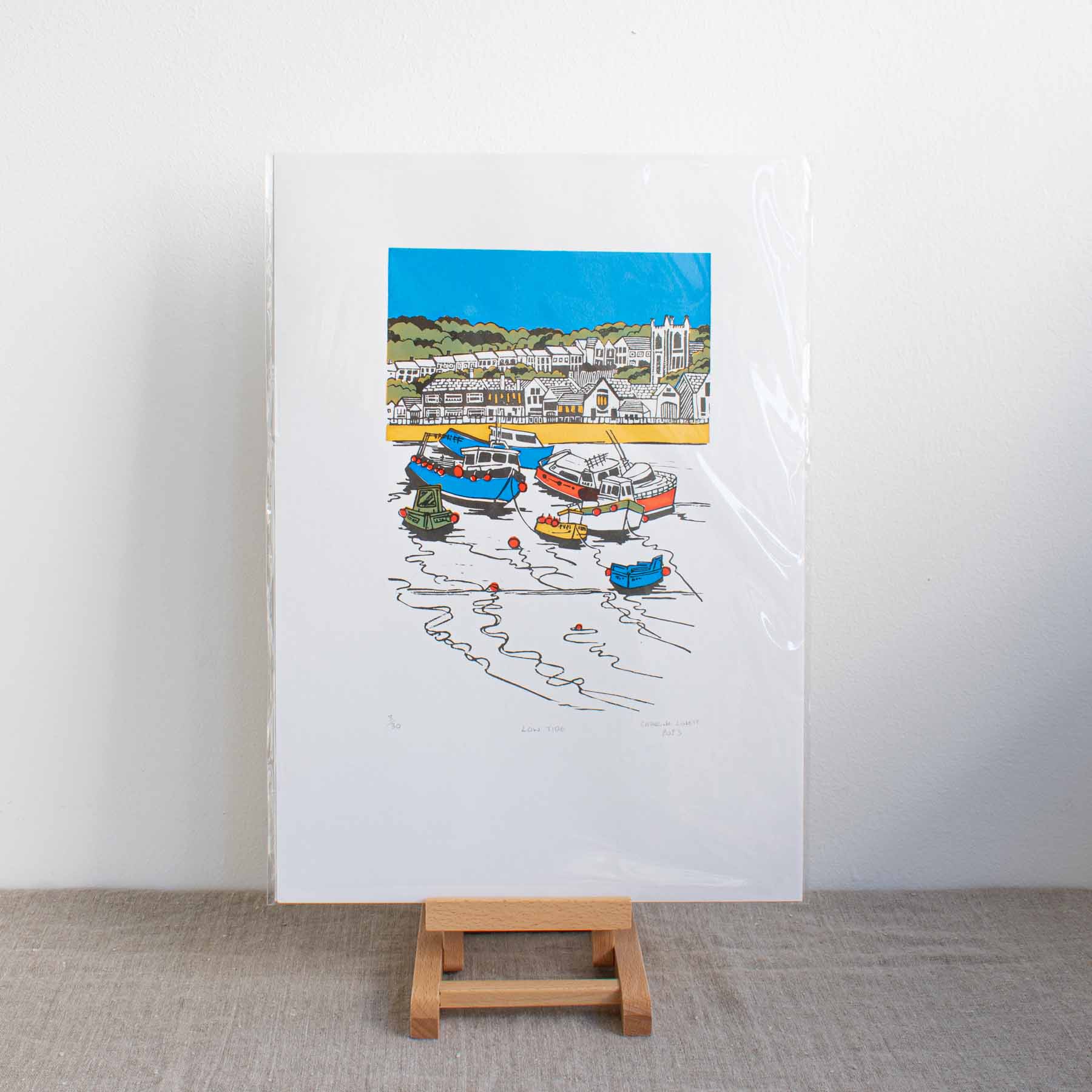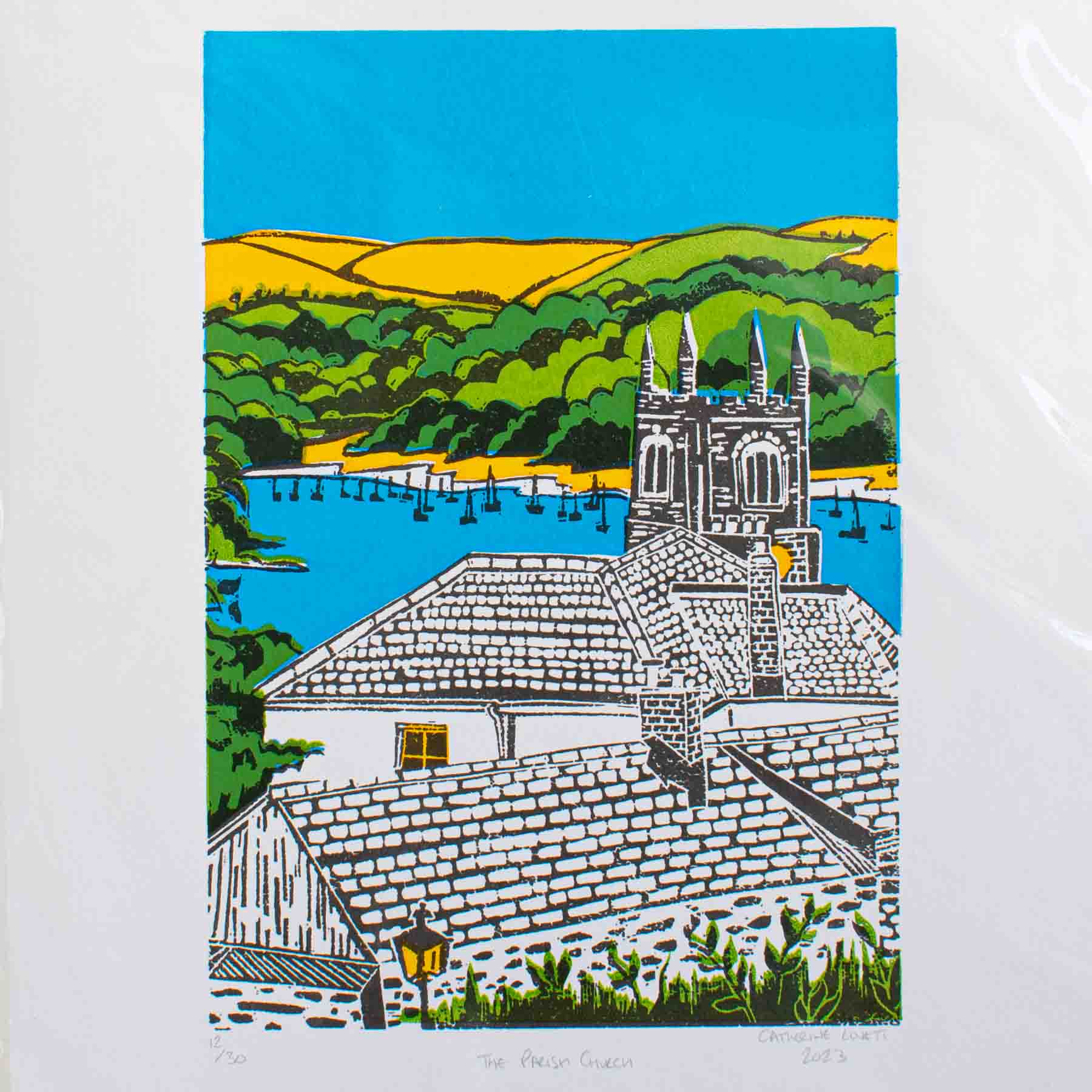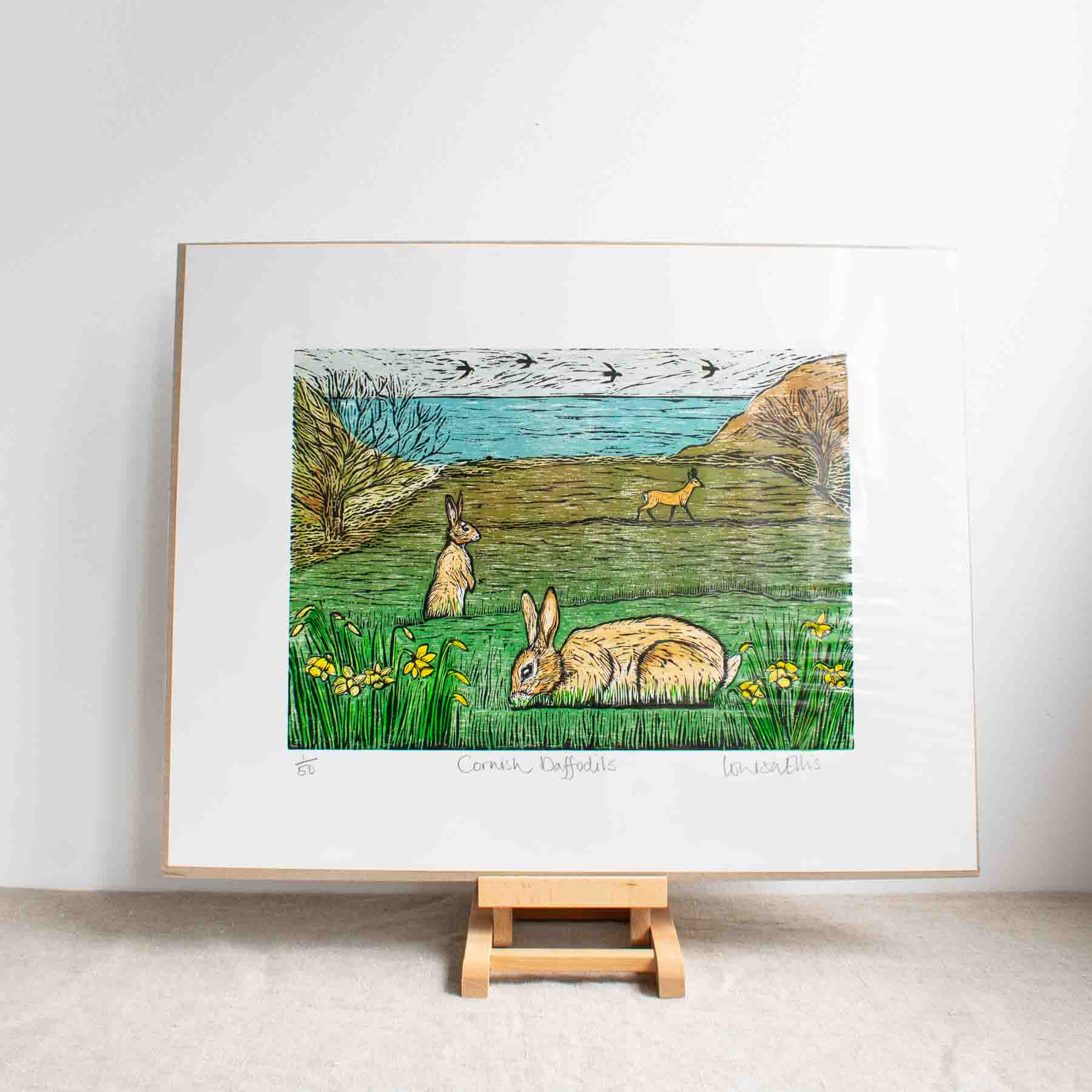A Guide to Cornish Art Prints & Printmaking: History, Techniques, and Selection Tips
Cornwall is home to many talented printmakers, who use different printmaking processes to express their response to their surroundings. And as we’re in Cornwall, the scenes they explore are often ones of stunning landscapes, charming wildlife, and the vibrant Cornish spirit. Okay, we might be a little biased… But the dramatic and breathtaking scenery of this county is unbeatable, and it’s a joy to see it explored through different eyes, through our Cornish printmakers.
A Quick History of Printmaking
Printmaking could be considered one of the earliest forms of art. Think about cavemen drawings, in which our ancient ancestors used their hands or gathered tools to imprint symbols and shapes.
Ancient civilisations, including the Chinese, Egyptians, and Mesopotamians developed printmaking, with woodblock printing recorded as far back as the 7th century in China’s Tang Dynasty. Linocut printing emerged much later on, during the early 20th century, and was a more accessible medium.
Other printmaking processes such as etching and engraving flourished during the Renaissance, and were used by artists to create works of astounding detail which could be reproduced.
The Industrial Revolution and the mechanisation of machinery allowed for a boom in printmaking, meaning images and artworks could be printed multiple times on a huge scale if desired. However, there was still a love for the craft, and printmaking remained a passion and profession for artists.
Throughout history artistic movements have lent themselves to different printmaking processes, perhaps most notable are the bold screen prints from Pop Art’s iconic Andy Warhol and Roy Lichtenstein.
What are the basics of printmaking?
In its most basic form, printmaking can be described as creating a template, which is then used to create an image or artwork. Whether this is via a woodcut block, or stencilled paper, to carved lino, an initial surface is used as a mould or relief to print a design from.
It’s this transferring of images, and finding creative ways to do so, that Cornish printmakers do so brilliantly.
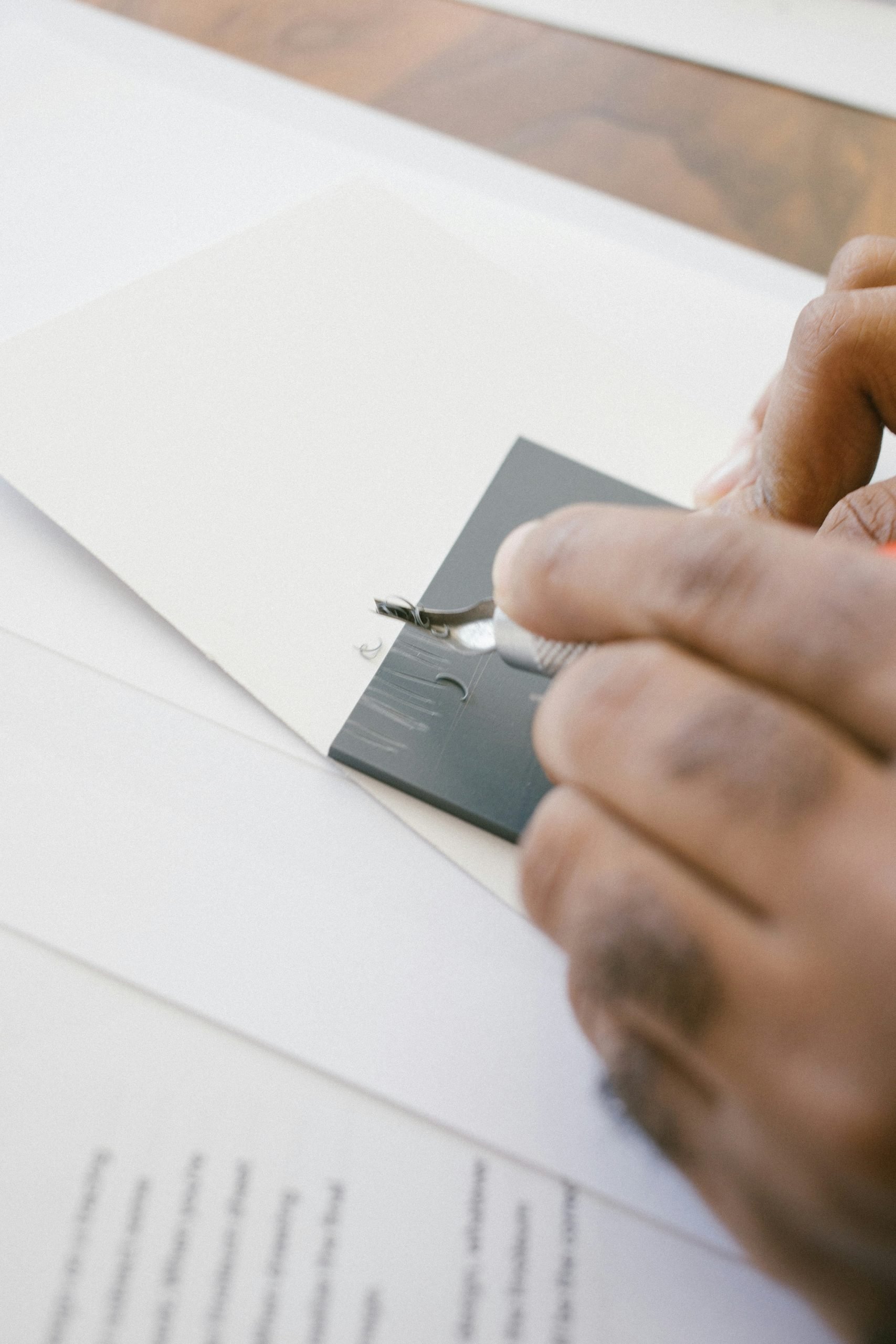

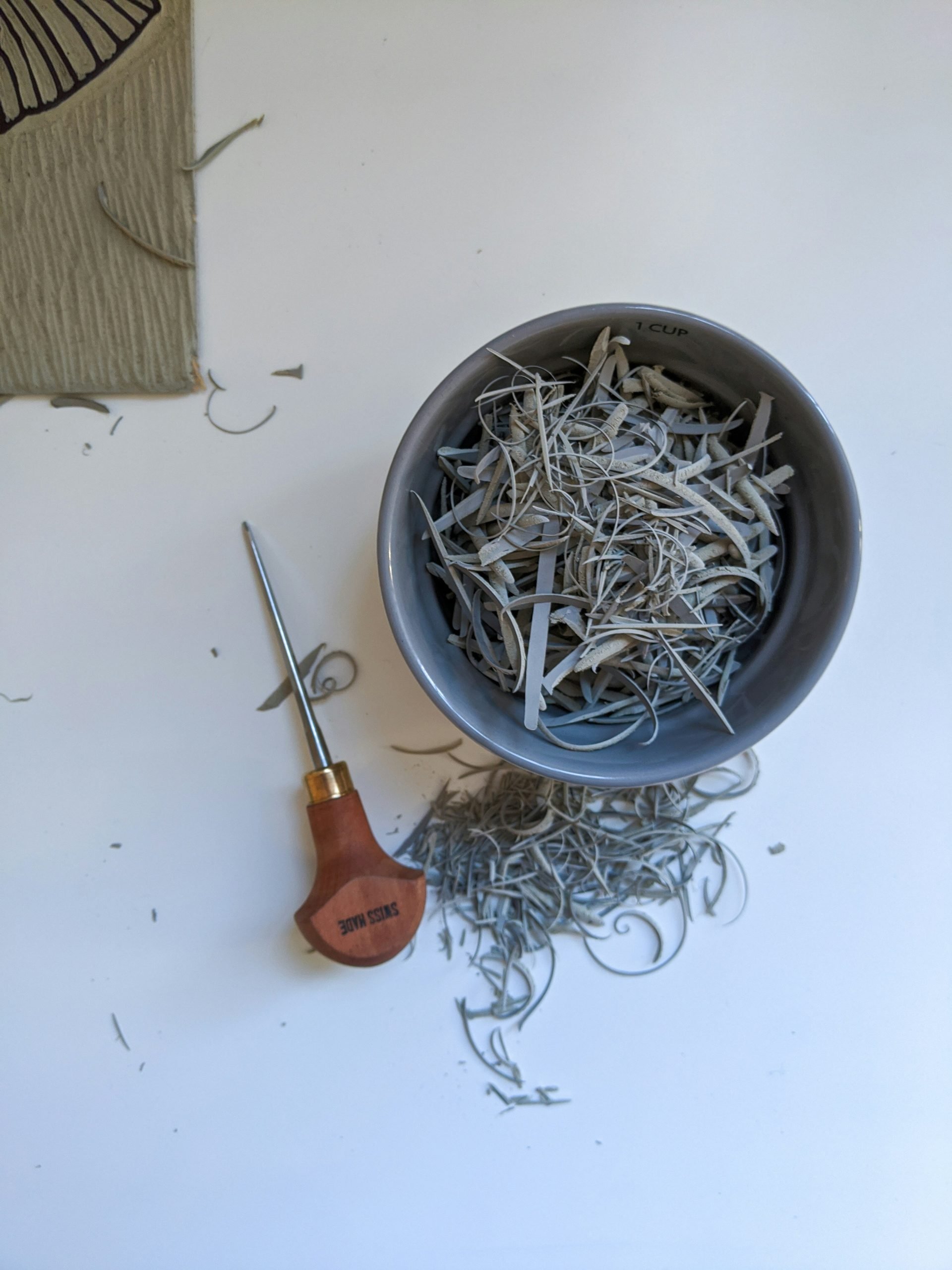
What are the main types of printmaking?
The term ‘printmaking’ encompasses a whole host of different techniques used by artists. They all have in common their tactile nature, with artists working with their hands and templates to create beautiful artworks. Each different printmaking process results in a different style, some more traditional and others more contemporary.
Here’s our whistle stop tour of the main types of printmaking, with a sprinkle of Cornish printmakers to show expertly crafted examples.
Woodcut
What is woodcut printmaking you ask? Well, this traditional technique is responsible for beautiful artworks, which are given a lovely depth from the grains in the wood. The artist carves into the surface of the wood using sharp carving knives which come with varying blades to allow for differing marks. This carved negative space leaves behind the original raised surface, which is then coated in paint or ink. The coated woodblock gets pressed onto paper, imprinting a gorgeous design!
There is real skill in the initial carving of the wood, but also in how the final artwork is layered. Multi-colour artworks often use several blocks and are carefully prepared, so each detail lines up perfectly in the composition.
Linocut
Linocut printmaking is similar to woodcut, in that it is also a relief technique with designs made by carving into a surface. Here though, the surface is linoleum (or rubber or vinyl). Linoleum is mostly made from solidified linseed oil, and is a smooth surface with no grain. This makes it easier to carve, but you lose the wood grain texture. Part of the appeal with lino-cutting is that silky smooth finish of the print.
Fun fact – Lino printing was popular with Matisse and Picasso who explored the flatness of block colour and simple shapes, to create some of the most well-known artworks of the 1900s.
Collagraph
Now you’ve got the basics of relief printmaking down, we’ll introduce you to collagraph printmaking. Derived from Greek, with ‘colla’ meaning glue, and ‘graph’ meaning to draw, you might have an inkling of how it works.
Collagraph printing involves building up layers of texture on a surface, think of it as a tactile collage. These textures might come from lace, fabrics, crinkled papers, wallpapers, wires, foliage, and plenty more. This is a chance to be really creative, and let your imagination run wild!
This collaged surface is now the printing template, and can be inked or painted up just like other relief printmaking templates. Pass through a printing press or carefully print onto paper manually – and see the beautiful marks made by everyday textures.
Engraving
From relief printmaking to intaglio printmaking, specifically engraving. Intaglio describes printmaking processes where the carved areas hold the ink, so it’s kind of like drawing into metal. Sounds impressive right?! The artist begins with a metal plate which has been polished to remove any scratches. Then, using a burin, which is a sharp steel tipped tool, they engrave their design into the metal.
Once they are happy with the design, ink is pulled over the whole metal plate, before the surface is wiped, just leaving behind the ink in the carved lines. Sometimes a little ink is left on the raised surfaces as it can leave a lovely tonal wash which lends itself beautifully to the finished print.
Here printing through a printing press is more necessary, so the weight can strongly and evenly press the plate and the paper together.
The upside of engraving is that once the metal plate is made, it can be washed and used multiple times, in different inks. The downside is that once a mistake is made in the engraving process, it’s nigh on impossible to undo! This is the case with most printmaking techniques though, and shows just how much skill is involved in printmaking artworks.
Etching
Etching is another intaglio method, and uses chemical reactions to help reveal a design. It’s an incredible and complex process, and we’ll do our best to explain it!
Firstly a metal plate is prepared with an acid resistant varnish or wax, which is called a ‘ground’. A design can then be drawn, which in doing so removes the ground where these drawn lines are. The plate is then immersed in acid, with much of the surface protected already, and the drawn lines exposed. The exposed metal reacts with the acid, and is ‘bitten’, corroding it away. The whole plate is cleaned, and ink pulled over, which then sits in the depressions. Then, just like the engraving, it is put through a printing press and printed onto paper.
This technique can allow for more fluidity than engraving, and beautifully intricate designs are possible.
Monoprint
The above are all re-printable printmaking techniques, meaning multiple prints can be made from the original template. Like the name suggests, monoprinting only allows one artwork to be made.
Although a block or plate may still be used, it is prepared in such a way that only one unique print can exist. This might be through certain colour combinations, or etching plates might be wiped in such a way that can’t be repeated.
These monoprints are often more expressive and spontaneous than their counterparts, and are desired particularly as they are one of a kind.
Screen Print
Screen-printing is one of the printmaking techniques you might be more familiar with. It can be relatively simple (for those trying it for the first time!), fun, a little bit messy, and really effective.
A stencil is made, in which a design has been cut out, or superimposed. The stencil is then placed in a mesh frame, ready for paint to be smeared over with a squeegee. Any cut out shapes will allow the paint to pass through, creating your design.
What is an edition print?
A run of prints made from the same block or plate is called an edition of prints. Limited edition prints are capped at a certain number, and won’t be reproduced once those have sold. You might have editions of 10, of 100, or any number the artist feels like! This will be made clear, and often your print will be numbered so you know exactly which edition you have.
Open edition print describes artworks which can be reprinted an unlimited amount of times, and may be made according to demand. This makes the artworks more accessible but may also lower the value of them.
Cornish Artists and Their Printmaking Techniques
Cornish artists don’t like to be pigeonholed into one specialism, and many Cornish printmakers enjoy exploring different techniques. It’s fascinating to see how the printing process changes the outcome of one artist’s work, watching as similar scenes take on different styles as a result of the changing techniques.
The printmakers we stock here in Falmouth pay homage to traditional printmaking traditions, from woodcut printmaking, to linocut, screen-printing, and more. But they add their own unique Cornish twist, and have a refined style they have honed over the years.
Buying a Cornish print is a chance to have a little piece of Cornwall in your home, in the knowledge it has been expertly designed, prepared, and printed, by a Cornish printmaker.
How to Choose the Perfect Cornwall or Cornish Art Print
What do the artworks you love have in common? Are they traditional? Realist? Abstract? Do you lean towards muted colours or strong vibrant palettes?
Then consider the subject matter that makes your heart sing. What are the scenes you like to be reminded of? That makes you happy in your home? Whether it’s wildlife, boats, seascapes, figures, landscapes, or anything else, take note of whether there is a theme to your artwork collection.
It might be that this helps you narrow down your search for Cornish prints, or perhaps you feel like breaking the mould and going for something different!
Supporting Local Artists
At Inspire Makers our values are founded on supporting local artists and makers. We provide a platform for them to showcase their work, offer exposure, and support them in every way we can. We are very grateful that our collection of Cornish products has grown significantly, and we now offer over 900 items, from jewellery, to homewares, to original artworks and prints. Each artist and item has been chosen carefully by us, and made by expert artisans.
When you purchase artwork by local Cornish artists you are making your money matter, and helping them continue to create the work they love. If bought through us, you’re helping a small independent business continue to support Cornish creatives. Double whammy!
Cornwall Contemporary Art Prints
Cornish printmakers may be inspired by heritage techniques, but they are passionate about creating contemporary art prints that will hold a special place in your home.
We’ve already introduced you to our favourite printmakers and prints, but we’ll leave you with a final few artworks that can’t go unmentioned!
Want To Hear More? We Would Love To Hear From You.
Sign up to the Inspire Makers newsletter for monthly updates on makers, workshops and exhibitions.

